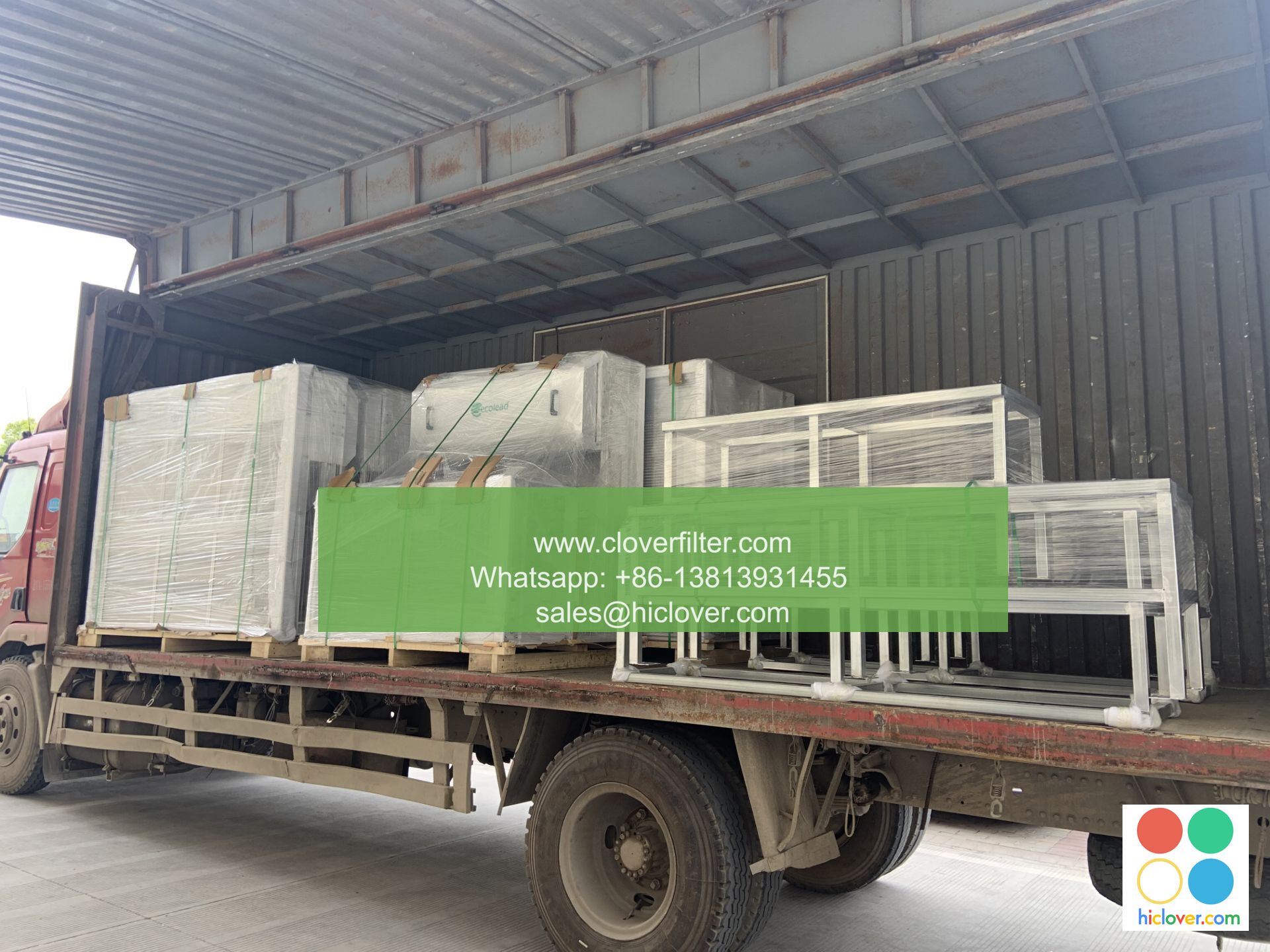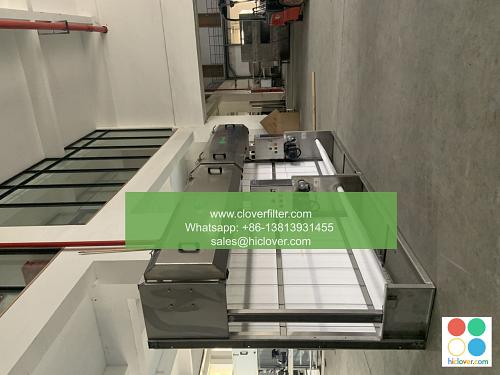Clean Air, Clear Conscience: The Benefits of Air Filter Collaborations

Air pollution has become a significant concern globally, with the World Health Organization (WHO) estimating that 9 out of 10 people breathe polluted air. The collaboration between air filter manufacturers, technology companies, and research institutions has led to the development of innovative air filtration systems. These collaborations have numerous benefits, including improved indoor air quality, reduced respiratory problems, and increased energy efficiency.
Application Areas of Air Filter Collaborations
The benefits of air filter collaborations can be seen in various application areas, including:
- Industrial Air Filtration: Collaborations in this area have led to the development of high-efficiency particulate air (HEPA) filters that can capture 99.97% of particles as small as 0.3 microns.
- Commercial Air Filtration: Air filter collaborations have improved indoor air quality in commercial buildings, reducing the risk of respiratory problems and increasing productivity.
- Residential Air Filtration: Collaborations have led to the development of smart air purifiers that can detect and remove pollutants and allergens from the air, improving indoor air quality and reducing health risks.
- Improved Air Quality: Collaborations have led to the development of more efficient air filters that can capture a wider range of pollutants and particulate matter.
- Increased Energy Efficiency: Air filter collaborations have led to the development of energy-efficient air filtration systems that can reduce energy consumption and lower costs.
- Enhanced Research and Development: Collaborations have facilitated the sharing of knowledge and resources, leading to the development of new technologies and innovative air filtration systems.
- Nanotechnology: The application of nanotechnology in air filtration has the potential to improve filter efficiency and reduce costs.
- Internet of Things (IoT): The integration of IoT technology in air filtration systems can enhance monitoring and control capabilities, leading to improved indoor air quality and reduced energy consumption.
- Sustainable Materials: The development of sustainable materials for air filters can reduce waste and minimize environmental impacts.
Key Benefits of Air Filter Collaborations
The benefits of air filter collaborations can be summarized as follows:
Future Directions of Air Filter Collaborations
As the demand for clean air and energy-efficient solutions continues to grow, air filter collaborations are expected to play a crucial role in shaping the future of air filtration technology. Some potential areas of focus include:
Conclusion
In conclusion, air filter collaborations have numerous benefits, including improved indoor air quality, reduced respiratory problems, and increased energy efficiency. As the demand for clean air and energy-efficient solutions continues to grow, it is essential to promote and support air filter collaborations, driving innovation and improving public health. By working together, we can create a cleaner, healthier, and more sustainable future for generations to come. You haven’t asked a question or provided a prompt for me to respond to. Please go ahead and ask your question, and I’ll do my best to provide a helpful and direct answer.

